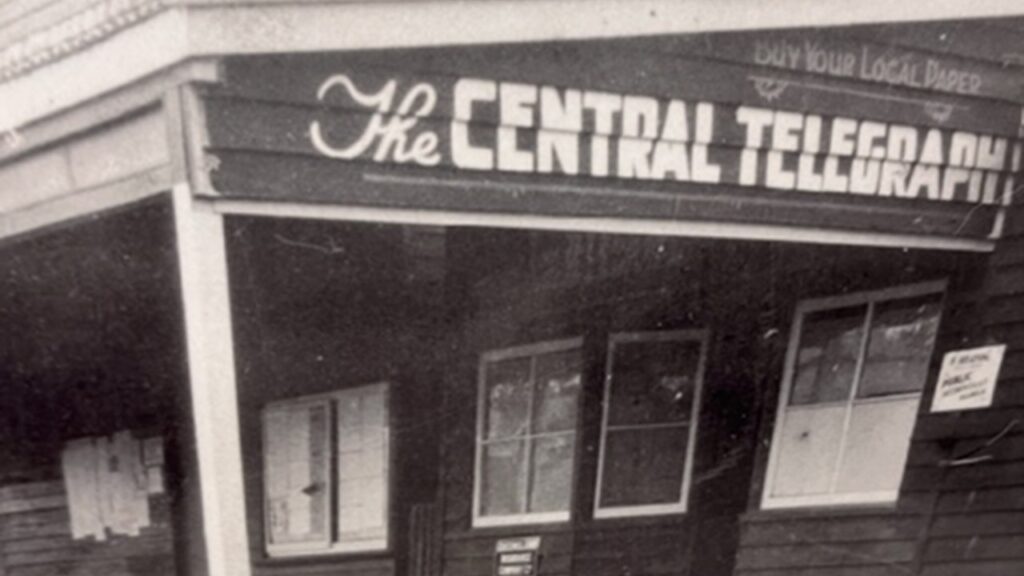Printed magazines are dead. It’s a claim I hear all the time from anyone under 30. It’s time for the print magazine industry to get its affairs in order and say its goodbyes, they say. It’s terminal. That’s not 100 per cent true, at least not for all magazines. People still like reading printed magazines but won’t pay for them anymore. It’s understandable. Information you had to pay a pretty penny for 20 years ago is now free and readily available 24/7. Want a recipe? Google it. When I worked for Murdoch, Family Circle sold hundreds of thousands of copies every month. It is no longer printed.
Want a workout? TikTok and YouTube have tens of thousands of workouts, complete with comprehensive video instructions. Men’s Health, a title I launched over 23 years ago and took to 120K readers/month, now desperately searches for relevance and is beginning to look like a 30-year-old at schoolies week. (Update: it was shuttered in 2023, with the company going bust.) Its competitor, which I also started, Men’s Fitness, is no longer printed. Most lifestyle magazines now struggle for relevance along with a loyal audience.
The odour of its imminent demise wafts from “newsagents” — clearly now a misnomer — that now sell more Powerball tickets and hug-me bears than magazines and newspapers. Likewise, shelf space for magazines at supermarkets gets progressively smaller, and the day is fast approaching when the return on said space becomes untenable for the supermarket. But the smell emanates most strongly from dwindling household-name advertiser revenue, now being spread around many new channels. Bunnings, Maccas, Woolies, BWS et al, all have a raft of advertising channels.
It’s sad, but not really. The mass-market print magazine has had its day in the sun. The trouble is, many people are tossing out the proverbial baby with the tepid bathwater. Print is not dead. Far from it. There is a huge swathe of the Australian population that devours print. In fact, they need it and love it. And I’m not just talking about aging Gen Xers or Boomers wistfully recalling simpler times of flipping through their fave mag with a cuppa on a Saturday arvo.
No, I’m talking about rural Australia. Around 28 per cent of the Australian population lives in rural and remote areas. That’s seven million people, give or take. News Corp stopped making and distributing regional newspapers over three years ago, leaving rural Australian communities without any form of local news.
Just looking at my neck of the woods, Queensland’s oldest regional newspaper, The Queensland Times in Ipswich, which started in 1859, stopped printing at the end of June 2020, along with the Rockhampton Morning Bulletin (1860), The Daily Mercury in Mackay (1867), and the Northern Star in Lismore (1876) and the Central Telegraph (1932).

I was recently asked to revamp a Central Queensland Council magazine. Their simple 10-page magazine called Focus was exactly what you’d think a local Council rag would be like. So I put my heart into it, using print publishing knowledge amassed over nigh on 30 years. And it came up well. After two issues, with some good local stories, some nice design, and some snappy headlines, Focus started to get traction and good feedback. Residents began to request delivery, and distribution increased substantially. After four issues, we had to ramp up the book size due to advertisers asking how they could buy space.
Curious, I did a survey (asked about a dozen people I know in Bilo) and asked how residents of this Shire received their news media. First was radio, understandably. It made sense with towns up to several hours’ drive apart and much work done on the land. But the second was Focus, our revamped magazine. That was a shock. A distant third was TV, while the interwebs sat at the bottom. (So much for Murdoch’s cunning plan.) They said that the print magazine was, as we all know, more pleasant to read, easier to interact with, and didn’t require a device to read. And it’s free. (I should note, too, that the regional audience was, on average, older.)
Printed magazines, you see, aren’t dead. But print now must be fit-for-purpose and delivered free. When used appropriately, all that intimate, beautiful connective power of print publishing comes back in spades. It’s beautiful to see.



